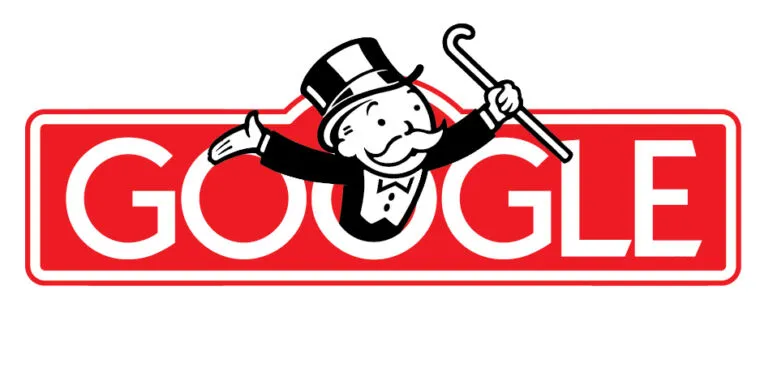Isn’t that partly because Apple is one big company, but “Android” isn’t? The number of Android phones rivals Apple, but they’re made be a bunch of different companies, with Samsung selling the most.
12% is the max for Android OEMs, and they have to give a lot of concessions to Google to qualify.
As revealed in documents from Epic v. Google, Android’s “Premier Device Program” offers 12 percent search revenue to devices with “Google exclusivity and defaults for all key functions” and no rival app stores.
In raw numbers in might make sense for Google, but I can assure you, no Android OEM will see it like that in the next negotiations.
I’m not sure you get what I’m saying. 56% of smartphones are Apples. The next biggest is Samsung, with just 26%. Next is Motorola with just 4%. Add all the Android phones together and the number doesn’t come close to the number of Apple phones. So yeah, it makes sense that Google is going to give a bigger incentive to a company that is going to drive more traffic by far than any other.
But a lot of those are lower value markets for advertisers, or markets where Google has low marketshare anyway (e.g. China). So the amount of money Google is willing to pay is much lower than more lucrative markets like Western countries where people are affluent enough to afford iPhones.
Again, US is the only western country with Apple being in the lead. In all other affluent western countries, Apple is 2nd or 3rd by market share. Just recently, they even fell to 2nd place in Western Europe, which everyone said was impossible just a few years back.
Don’t you know everyone from outside the US is poor!
And I sincerely hope that continues. I wish there was a third or fourth major player in the mobile space instead of just Android and iOS, but I guess that ship has sailed. Maybe Linux phones will get there eventually, we’ll see.
That’s a fair point, but (1) Apple is still huge globally, with them and Samsung dwarfing everyone else and (2) Google doesn’t operate in China, and probably some other countries, so the total global market isn’t relevant either.
That’s included in Xiomi and other. The rest are android phones. It’s still a small total share even discounting a quarter or fifth of that market.
It’s because Apple users are high-grade consoomers who click and engage with a lot more ads on average than Android users.
Of course it’s worth it to get hands on the most succulent customer segment out there.
It’s because apple users are generally wealthier. Not surprising since their phones are more expensive.
This is gonna be amazing, i get the popcorn, they get the chum
And?
- Apple’s market share may be larger than some of these other device manufacturers.
- Clickthrough on Apple devices might be higher.
- Apple is obviously better at negotiating.
- There is nothing stopping OEMs from switching default search providers.
For now.
This is the best summary I could come up with:
The big participants in this program are/were Motorola, LG, and HMD, which had at least 98 percent of their devices qualify.
Other brands like Xiaomi, Sony, Sharp, and BBK (that’s OnePlus, Oppo, and Vivo) were at 70 percent.
Android partners don’t just get search revenue; they also get a cut of Google Play app sales and ads run on their devices.
Notably absent from that list is Samsung, which, as the biggest Android OEM, has its own deal with Google.
We’re unsure how that was calculated, but Apple gets an $18 billion-a-year lump sum payment plus the 36 percent revenue share.
Pichai recently justified the huge payment gap by saying that Google has to share Android revenue with carriers, too, but that’s not true in Apple’s case.
The original article contains 626 words, the summary contains 127 words. Saved 80%. I’m a bot and I’m open source!
I haven’t read this article, but I’ve been following Epic V. Google a good bit, and don’t they also give carriers a share for Android? Either way it’s still crazy.
They get a few % from app sales and ads if they quality for the highest tier, but most OEMs don’t.
Ahh, I see, thank you!





